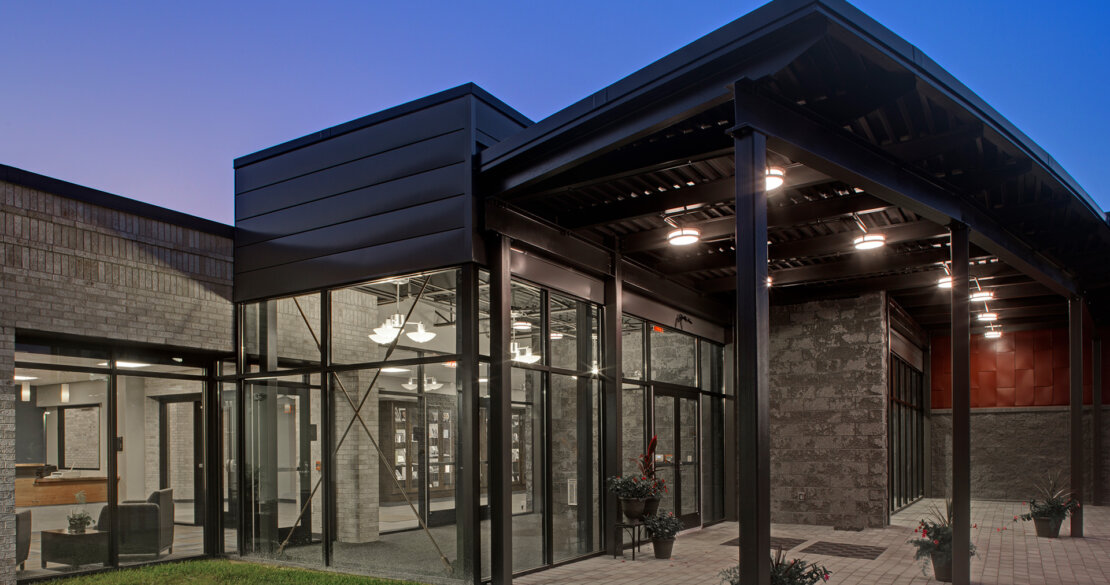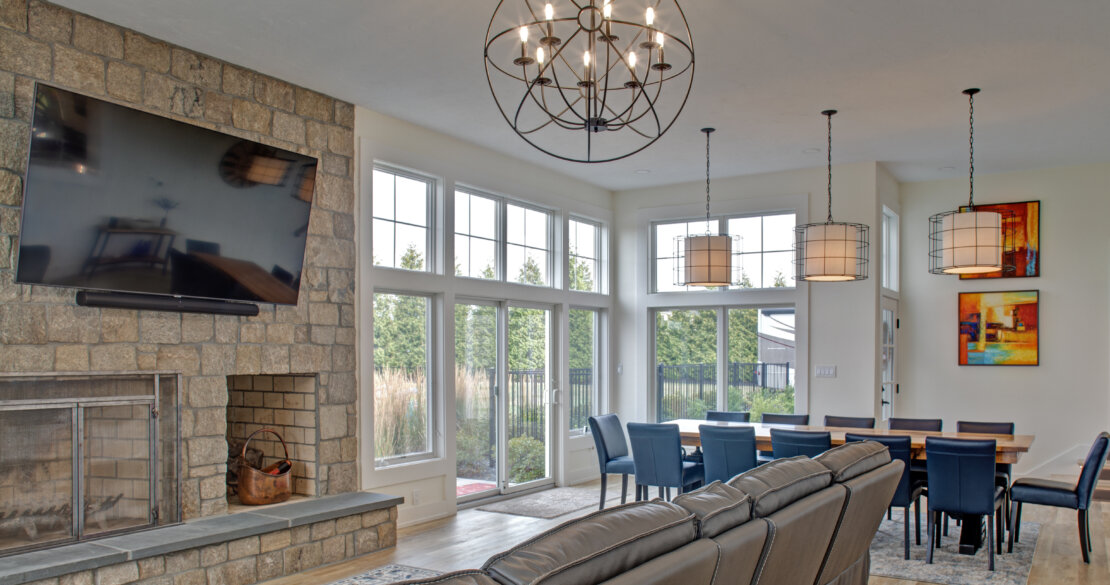The climate is rapidly changing, leading to more humanitarian emergencies from wildfires, severe storms, and heat waves. To combat this, people are taking significant measures to reduce their environmental footprint and lead eco-friendly lives. With buildings accounting for almost 40% of global energy-related CO2, green architecture will play an essential role in contributing to a brighter and more sustainable future.
Still, many property owners are hesitant to embrace sustainable design due to the high upfront costs, market uncertainty, and maintenance concerns. While these pain points are valid, they shouldn’t dissuade people from considering the benefits of green architecture.
Sustainable architecture isn’t just good for the planet. It’s also valuable for owners, occupants, and communities. Though the tangible benefits may not be instantly recognized, green buildings can reduce utility costs, boost property value, and enhance occupant well-being.
Why Sustainable Design Is a Smart Financial Decision
Some may think green architecture is just a feel-good choice, not a sound financial investment. However, this is far from the case. Sustainable design reduces day-to-day costs year-over-year. For example, LEED-certified commercial buildings are 20% more affordable to maintain than traditional ones and can reduce operational costs by 10% in just one year.
While the initial costs of sustainable features might seem steep, they are incredibly cost-effective in the long run. Proper insulation, solar panels, and energy-efficient appliances can reduce utility costs and electricity consumption.
Additionally, buildings equipped with eco-friendly features have higher property values and market appeal. Green architecture has become more desirable as more people prioritize sustainability, with green buildings having a 16% higher resale value than conventional ones. According to Zillow, a home outfitted with solar panels sells for 4.1% more than similar houses without solar.
Tenants are also willing to pay more for green space. LEED-certified buildings receive an average of $2.91 per square foot, while non-LEED-certified buildings get an average of $2.16 per square foot.
Green Design Improves Inhabitant Health and Well-Being
Green sustainable architecture not only offers significant savings for your finances, but also greatly improves the health and happiness of those who occupy these spaces. As individuals spend an overwhelming 90% of their time indoors, the quality of indoor air and water becomes crucial to our overall well-being. This is particularly important for children, the elderly, and those with specific medical needs. By embracing green building practices, you invest in a healthier future for yourself and the planet.
Green design principles have been shown to improve indoor water and air quality while reducing exposure to toxins. They can also boost public wellness, contributing to healthier office buildings and healing environments. Green spaces and ample natural light can reduce stress, improve mood, and even accelerate recovery. Enhanced indoor air quality also benefits employers, increasing productivity and reducing absenteeism.
Sustainable Design Contributes to a Brighter Future
Green buildings are pivotal in slowing climate change, reducing our collective carbon footprint, and preserving our planet. LEED-certified buildings:
- Use 30% to 60% less energy
- Have diverted more than 80 million tons of waste from landfills
- Have saved more than $149.5 million worth of water
Furthermore, sustainable elements can help future-proof buildings and optimize longevity. Energy-efficient design can mitigate rising electricity costs amidst energy supply shortages, maximize site potential, and support occupants’ long-term health needs and goals.
Are You Ready for a More Sustainable Space?
Sustainable design services are a smart investment for the planet, your finances, your health, and the lasting life of your property.
At SAAarchitects, we focus on providing sustainable design services that integrate eco-friendly practices, ensuring your space is visually pleasing and functional, but also environmentally responsible. Whether you’re drawn to a minimalist or maximalist style, or fall somewhere in between, we tailor sustainable design services to meet your individual needs and tastes, creating a space that reflects your values and enhances your lifestyle.
Half of our team is LEED Accredited, and we use innovative strategies to design eco-conscious buildings. Our sustainability process includes:
- Adopting a holistic design approach
- Aligning with the USGBC LEED Rating System
- Focusing on solutions that enhance long-term objectives rather than just meeting immediate certification requirements
- Exploring new products and solutions that offer additional value
Contact us today to learn how we can bring your sustainable design dreams to life.

